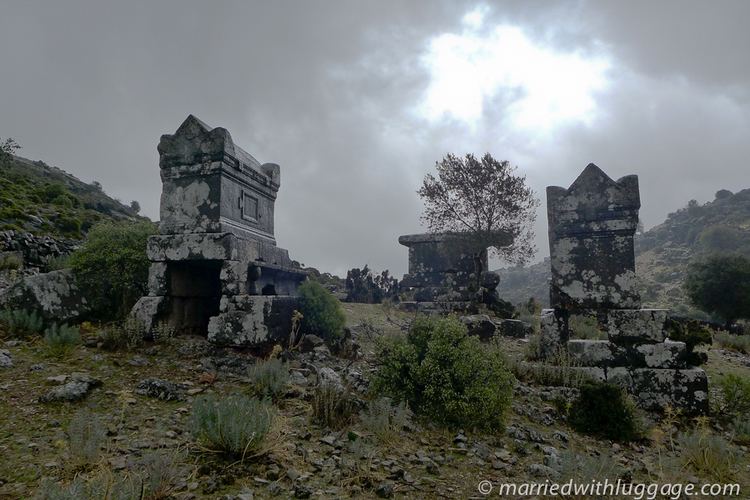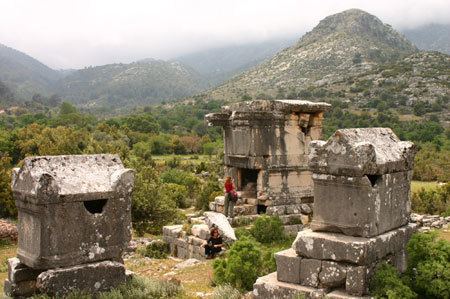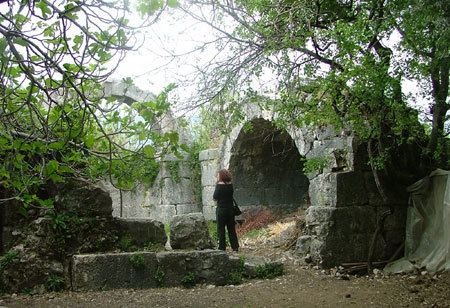 | ||
Yediburunlar bel mahallesi sidyma antik kent
Sidyma (Σίδυμα), was a town of ancient Lycia, at what is now the small village of Dudurga Asari in Muğla Province, Turkey. It lies on the southern slope of Mount Cragus, to the north-west of the mouth of the Xanthus.
Contents
- Yediburunlar bel mahallesi sidyma antik kent
- Sidyma dodurga k y fethiye
- History
- Remains
- Bishopric
- Titular see
- References
Sidyma dodurga k y fethiye
History

Sidyma was mentioned in the 1st century BC by Alexander Polyhistor, and later by Pliny the Elder, Stephanus of Byzantium, the Synecdemus, and the Notitiae Episcopatuum. Its extant remains are of the time of the Roman Empire, when it was an unimportant but flourishing city, and no Lycian inscriptions have been discovered there and there are no Lycian rock tombs, but its name seems to indicate an earlier origin. Above the present ruins, which lie in a valley, is a wall that may indicate the existence on the hill of a city of which no traces remain.
The one coin of Sidyma that has been found is of the type of the Lycian League.

It is related that the future Byzantine Emperor Marcian, when still a simple soldier, fell asleep while resting on a hunt near Sidyma, and was found to be sheltered by a large eagle, a presage of his future elevation.
Remains

The ruins of Sidyma, high up on the southern slope of Mount Cragus, were first discovered by Charles Fellows, who described them as consisting chiefly of splendidly built tombs, abounding in Greek inscriptions. The town itself, he said, appeared to have been very small, and the theatre, agora and temples, were of diminutive size,] but of great beauty. The theatre is now "badly damaged", "in wretched condition".
Bishopric

Sidyma became a Christian bishopric, a suffragan of the Metropolitan see of Mira, the capital of the Roman province of Lycia. The bishop of Sidyma ranked tenth under the metropolitan of Myra.
The diocese continued to appear in the Notitiae Episcopatuum until the 13th century.
Titular see
No longer a residential bishopric, Sidyma is today listed by the Catholic Church as a Latin titular bishopric, the diocese being nominally revived in the 19th century.
It is vacant for decades, having had the following incumbents, of the lowest (episcopal) rank :
